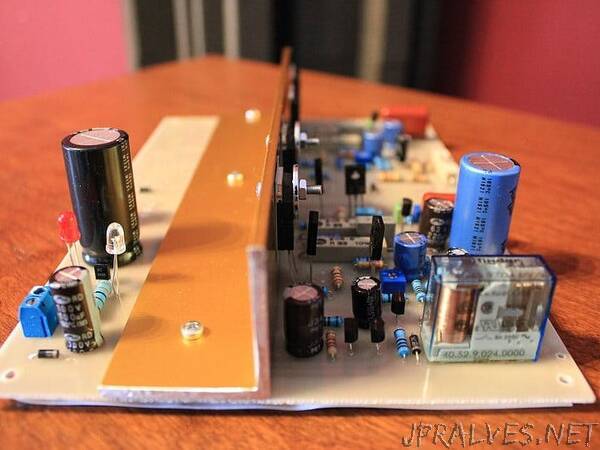
“Make your own adjustable voltage solar charger.
A solar charger is a charger that employs solar energy to supply electricity to devices or batteries. Solar chargers can charge lead acid or Ni-Cd battery banks up to 48 V and hundreds of ampere-hours (up to 4000 Ah) capacity. Such types of solar charger setups generally use an intelligent charge controller.
A simple solar charger must have 3 basic features built-in:
- It should be low cost.
- Layman friendly, and easy to build.
- Must be efficient enough to satisfy the fundamental battery charging needs.
The main property of this device to convert solar energy to electrical energy has made it very popular and now it’s being strongly considered as the future solution for all electrical power crises or shortages.
Solar energy may be used directly for powering electrical equipment or simply stored in an appropriate storage device for later use.
Normally there’s only one efficient way of storing electrical power, and it’s by using rechargeable batteries.
Rechargeable batteries are probably the best and the most efficient way of collecting or storing electrical energy for later usage.
The energy from a solar cell or a solar panel can also be effectively stored so that it can be used as per one’s own preference, normally after the sun has set or when it’s dark and when the stored power becomes much needed for operating the lights.
Though it might look quite simple, charging a battery from a solar panel is never easy, because for two reasons:
The voltage from a solar panel can vary hugely, depending upon the incident sun rays, and the current also varies due to the same above reasons.
The above two reasons can make the charging parameters of a typical rechargeable battery very unpredictable and dangerous.
About this solar charger circuit
This solar charger is actually a LowDropoutVoltage (LDO) charger. It uses a series P-channel MOSFET linear regulator and a simple differential amplifier. Though it is mainly intended for charging 12V lead-acid batteries, the output charging voltage can be adjusted by the potentiometer.
Specifications
- Solar panel rating: 50W (4A, 12V nominal) (open circuit voltage: 18 to 20V)
- Output voltage range: 7 to 14V (adjustable) (not recommended for 6V applications)
- Max power dissipation: 16W (includes power dissipation of D3)
- Typical dropout voltage: 1.25V @ 4A
- Maximum current: 4A (current limiting provided by solar panel characteristics)
- Voltage regulation: 10mV (no load to full load)
- Battery discharge: 1mA (Chinese controls discharge at typically 5mA)
- LED indicators:
- RED: Solar panel active
- GREEN: Series regulator limiting current (fully charged or topping off)
- LED indicators:RED: Solar panel activeGREEN: Series regulator limiting current (fully charged or topping off)
- Reverse battery protection: Control shuts down if the battery is the inadvertently connected reverse.”
